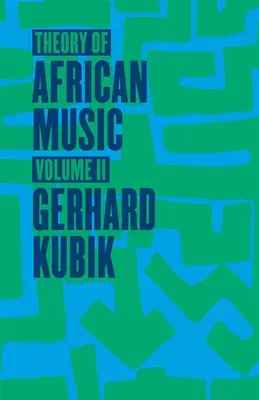Gerhard Kubik
(Author)Theory of African Music, Volume II: Volume 2Other, 15 November 2010

Qty
1
Turbo
Ships in 2 - 3 days
In Stock
Free Delivery
Cash on Delivery
15 Days
Free Returns
Secure Checkout

Part of Series
Chicago Studies in Ethnomusicology
Language
English
Publisher
University of Chicago Press
Date Published
15 Nov 2010
ISBN-10
0226456935
ISBN-13
9780226456935
Description
Product Details
Author:
Book Format:
Other
Country of Origin:
US
Date Published:
15 November 2010
Dimensions:
22.1 x
14.48 x
2.29 cm
Genre:
African
ISBN-10:
0226456935
ISBN-13:
9780226456935
Language:
English
Location:
Chicago, IL
Publisher:
Weight:
544.31 gm